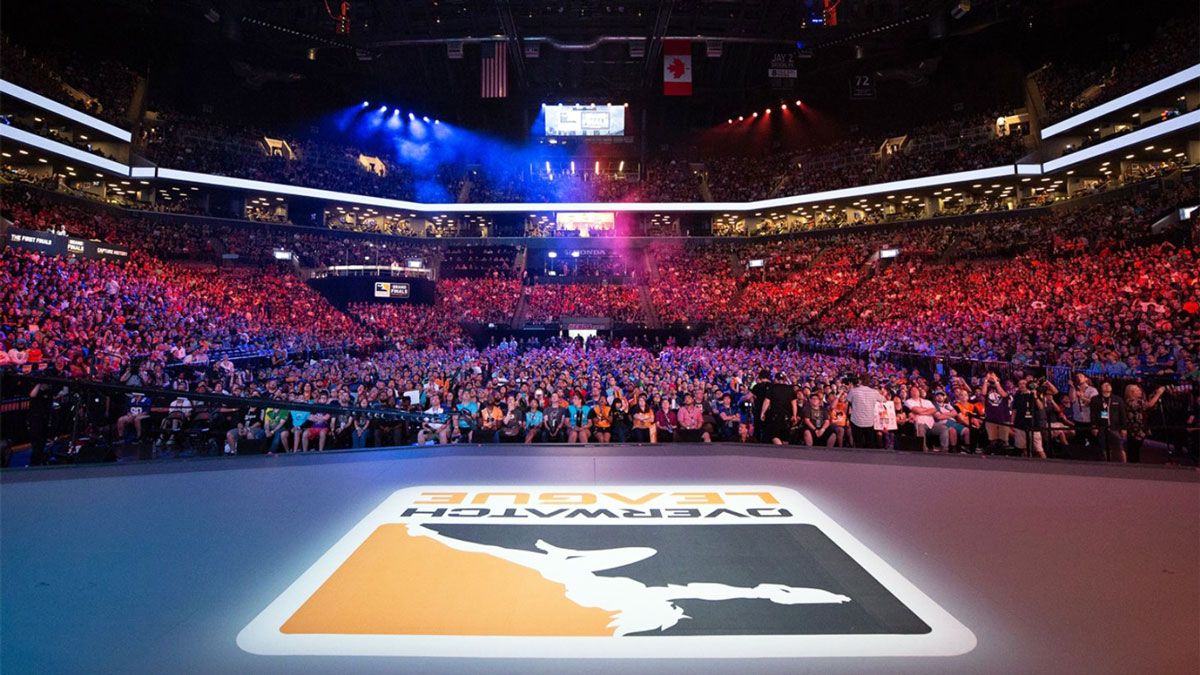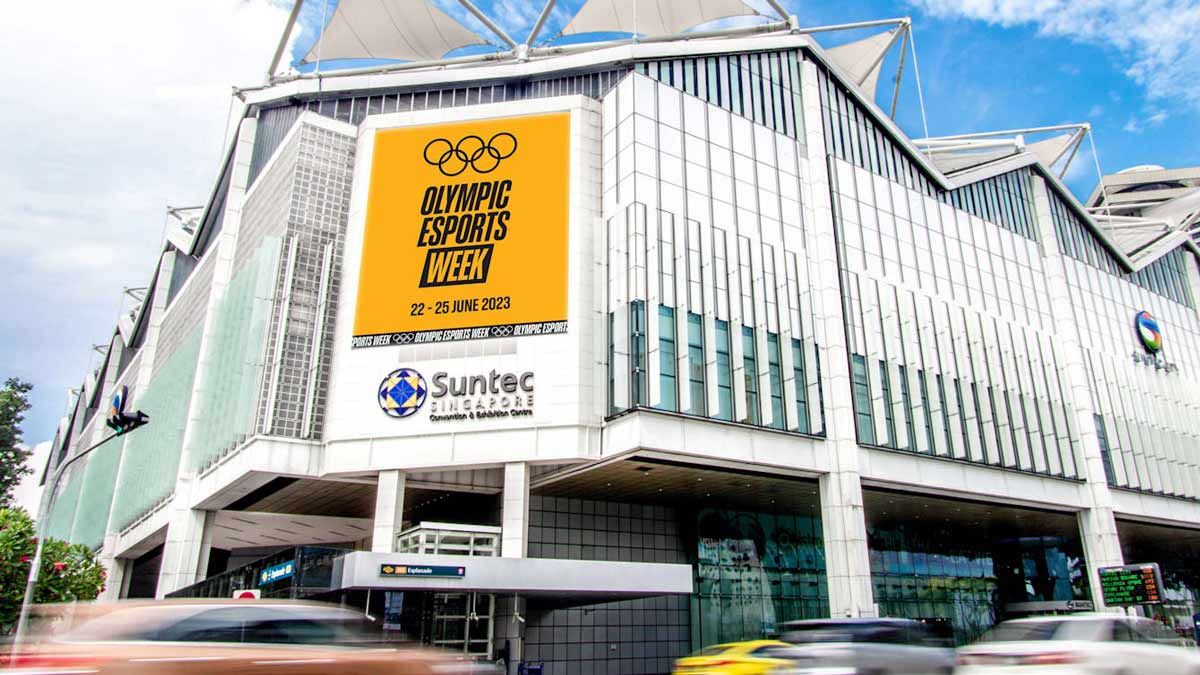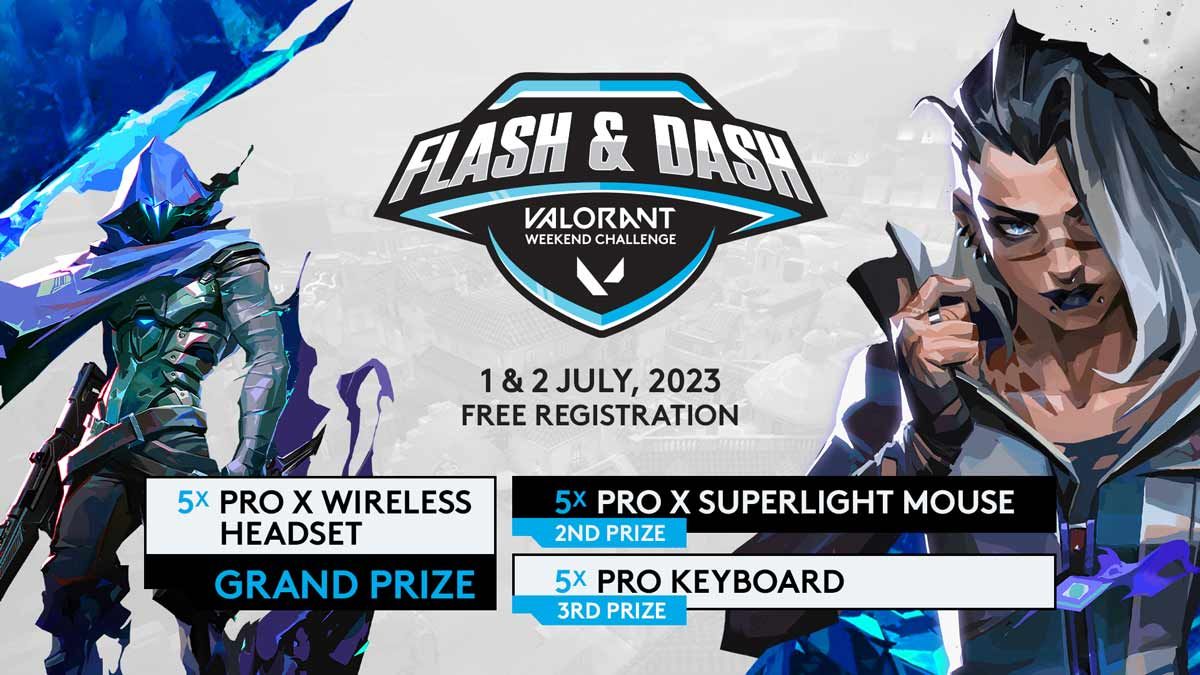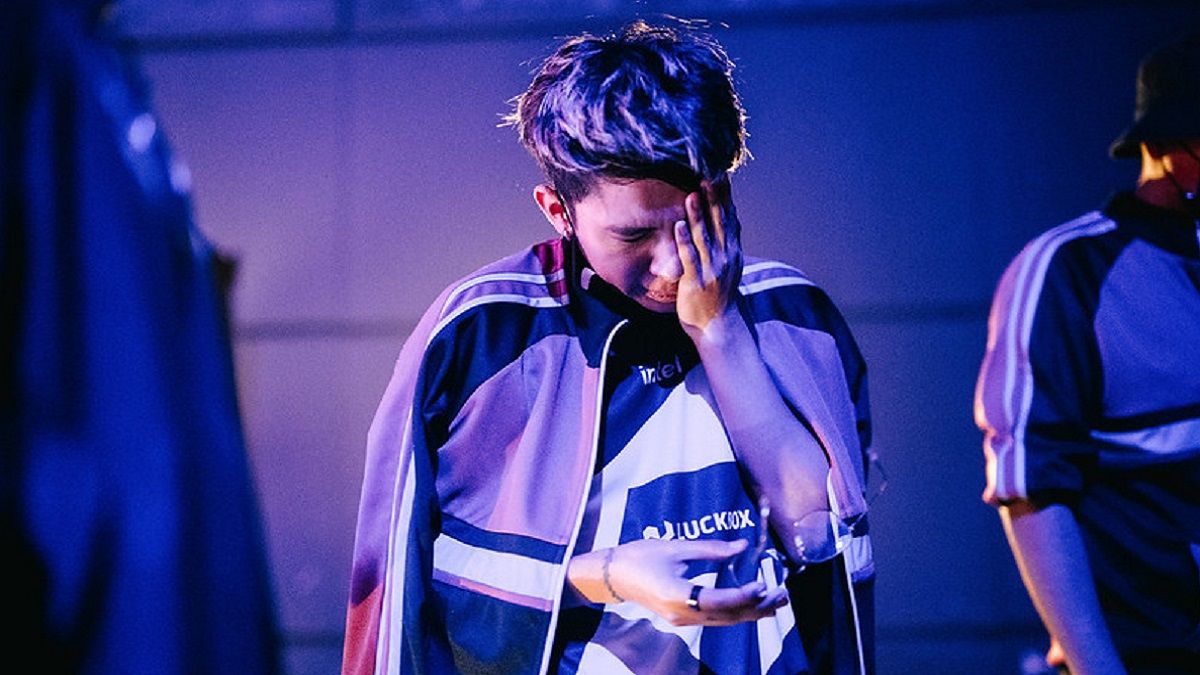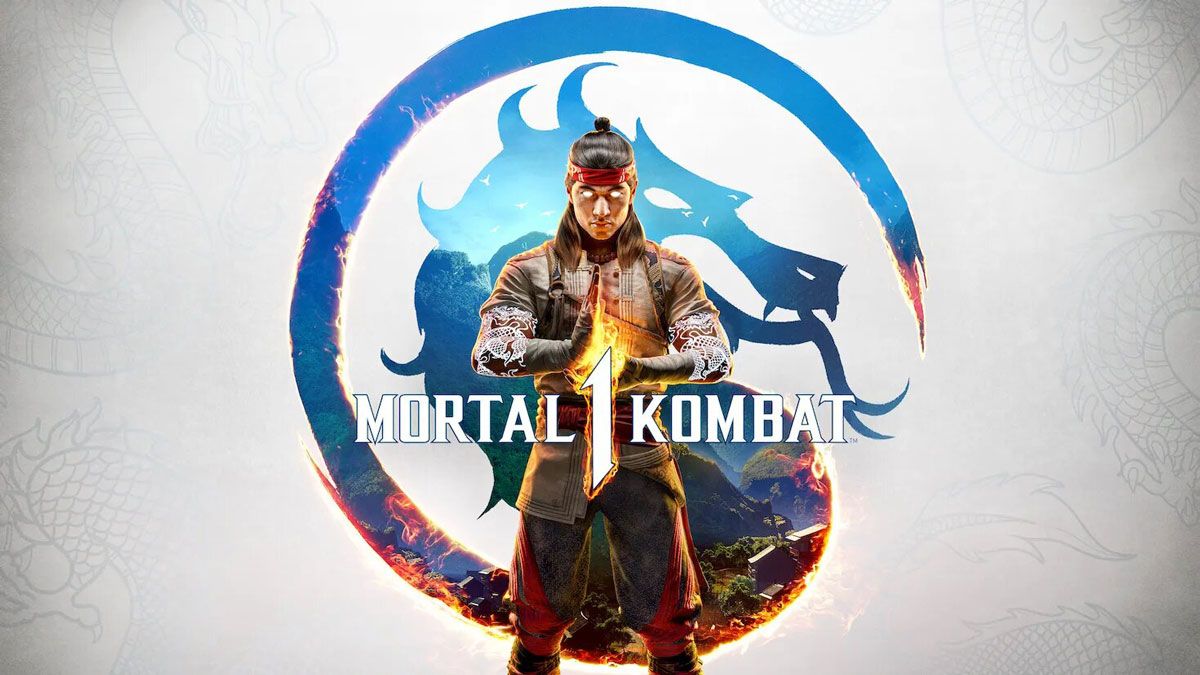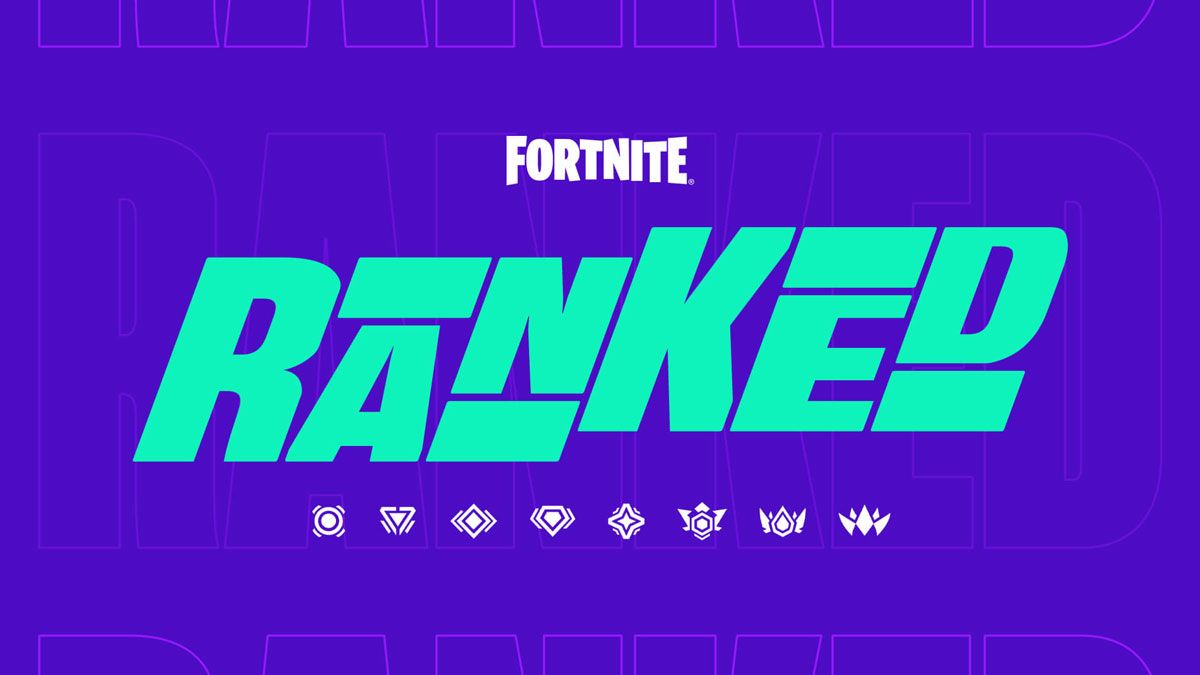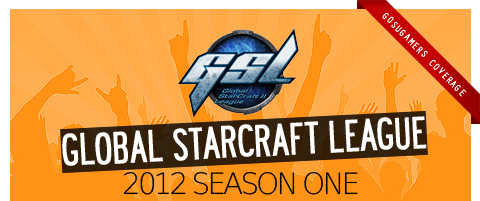
Six non-Koreans made their way to the first season of Code A matches for 2012 and half of them already found out their fate. How successful were our foreign superheroes SEn, Idra and HuK and shall we see them again in the next rounds?
At that point it was very much about pride. Advancing forward would be the mere result of defending it. For a long time, GSL has been the yardstick by which one’s dedicated practice was measured. And while Code S is still accounted as the highest podium to conquer on the StarCraft 2 scene, Code A is even tougher, more so for the foreign contenders.
Confused? Let me explain. Being beaten to a comatose state in Code S is no shame, obviously. Losing to the strong of the day is only natural and many talented, top tier players and even established champions do it, and often. However, although ruthless in terms of skill level, the Code S life is actually quite forgiving, thanks to the way the groups are played out, the lower parallel tournament and the up-and-down matches.
Yet one of those days, one loses a game or two and is down to Code A, which both features a player pool of stunning variety (from ones that just qualified, through its regulars and to fallen Code S majesties) and has а much stronger “life or death” vibe and suddenly you are just one Bo3 away from packing your stuff for good. This pressure, as big as it is, is twice as heavier for the foreign contingent as, usually, they represent the best the western world has to offer. Losing to a guy who just beat the preliminaries and is to play his first stage match ever is shameful. Disgraceful. It’s tarnishing the foreign elite.
Three of the total six westerners are the focus of this semi-opinionated battle report. SEn and Idra fell down after they lost their Code S seeds, finishing last in their groups. HuK, on the other hand, missed the Code S train after he got eliminated in the Ro16 of GSL November and then failed to beat the up-and-down matches and stayed down in Code A. All three of their opponents were of the “lower class” Korean pro-gamers, barely making it to one or two GSLs, if at all. Free wins for our boys, right? As it appeared - not quite so.


Of the three foreigners, SEn was the player that had least amount of GSl experience. The Taiwanese had appeared only twice on GomTV’s streams, once in GSL 3 in 2010 and then in the GSL World Championship. Both of those participations ended shortly without bearing any fruit, and neither did his Code S run this season. SEn’s Code A experience had to be different if he was to stay a bit longer in Korea.
Game one: Dual Sight
SEn opened with an early baneling nest and held on to his banes and spines, easily defending True’s early roach attacks until he got his own roach warren up. Once this tech was done for SEn, the Taiwanese moved out to deny True his third, then fell back to regroup and hit his opponent once again, catching him in the middle of a hydra tech transition. The third of True was once again dead and the game was Sen’s.
Game two: Entombed Valley
True took a more economical approach this game, going for a fast hatch, and drew the ace from the deck as SEn somehow managed to mismicro every baneling/speedling attack he initiated, putting True in a very favorable position. Thanks to his quick natural, the Korean was soon forty supply ahead. He did not need to put on a fancy show so he went for a simple +1 roach timing attack to tie the score.
Game three: Belshir Beach
Seeing how defensive play was the key to the victories in the both previous sets, SEn approached the final game passively, using spines and banelings to safely tech to lair, get his spire up and, now confident in his map control, take a third base. True was in deep trouble now – he could not scout the spire in time, lost a decent amount of overlords, was forced to cancel his third and was pushed back to the corner, not being able to move out and face SEn’s scary and very mobile army. Knowing that he’s had his opponent basically checkmated, SEn built a big round of drones, following it up with a mass baneling overkill. 1-0 for the foreigners!
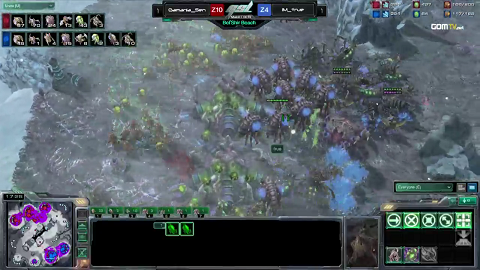
Overall, it was an easy win for SEn. Excluding the Valley set where it was mostly Sen’s own faults that True’s good play, the Taiwanese came out extremely dominant. And that should not come as a surprise – Sen is one of the most experienced Zerg users on the planet and has a sick 65% win rate in mirrors. And if years of practice teach you anything about StarCraft it’s that when facing a younger player, all you have to do is play a safe and solid style – chances are you will be marginally better than him at that.


Just prior to his Code S return after almost a year of absence, Idra spoke on how confident he is about advancing to the Ro16. Obviously, such would not be the case as Greg’s hopes were just a bit too high and the group of two three-times GSL winners and the IPL 3 finalist was a hard nut to crack. Go figure.
Down to Code A Ro48, Idra was to face Zenex’s protoss Avenge. When the foreigner zerg spoke to his team after his loss at Code S, he confessed that he still despises ZvP but that “Avenge is nothing special” and with SlayerS’ help he was sure to beat him.
Game one: Belshir Beach
If there were ever any seeds of foreign triumph here, they were not planted in the first set, as a 7-gate/immortal +1/+1 timing attack with warp prism support was the death of Idra, as the foreigner failed to scout Avenge’s tech in time. Choosing to fight at his third was also a deciding factor for Idra’s loss as he simply did not have enough units and there were multiple moments in the fight where it clearly shined that things could have been much, much different if Idra had taken different decision.
Game two: Daybreak
Avenge tried to be fancy and opened with a stargate play but during the phoenix harass it became apparent that the protoss had many flaws back in his base – holes in the wall off and mismicroed sentries opened the gates for Idra’s speedlings and with his probes under attack, Avenge was gradually brought to an economy disadvantage since zerg’s third was up and running more smoothly than a Swiss contraption.
Confident in his superiority, Idra made the decision to go for spire tech and that turned out to be the most wrong decision that the foreigner could take. Realizing that he is so behind in economy, Avenge geared for a +2 blink all-in, which would’ve been easily stopped had Idra gone for the hydralisk den. As it was, however, zerg’s army proved impotent: mutas melted to phoenixes and the +2 stalker blasted away whatever ling army Idra had. As his third fell, so did Idra.
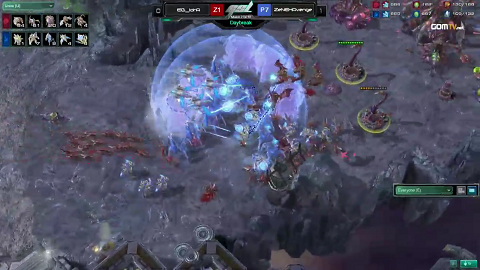
So we all know Idra’s position towards ZvP and how imbalanced and whatnot the match-up is. This time, however, he has no one to blame but himself. Each one of the two losses could have been easily prevented had Idra played according to StarCraft’s common logic. If your opponent is walled off and never moves out – scout him faster, maybe you’ll see that 7-gate/robo timing and even if you don’t just sacrifice the goddamn third base. Second game was a bit more tricky and required Idra to look further into the future and predict that a gateway all-in would be Avenge’s only valid option. Mutalisks don’t thrive in the company of phoenixes and blink stalkers, especially when they are not en masse.


It won’t be too daring to say that HuK was the player of whom fans expected the most. Since Jinro’s downfall, HuK took the baton and the title of best performing foreigner in the GSL, spending seven seasons in a row, including four consequent Code S runs and victories over Killer, Violet and Nada. People were betting on HuK to do well, and were betting big.
Game one: Entombed Valley
HuK quickly got himself into early trouble as both his heavy zealot pressure and DT tech were heartily owned by Bumblebee’s 2-base muta once the protoss decided to go for zerg’s main after denying his third. Despite this crushing defeat, however, HuK did what he does best – he took a third and turtled heavily until he amassed such a respectable stalker army that he just walked out and successfully base raced against the mutalisks to make the score 1-0.
Game two: Crossfire
Bumblebee does love his mutas and once again the zerg displayed a solid early and mid-game, but this time the topography of Crossfire helped him a lot. Bumblebee used spread out bases and baneling landmines to make HuK’s job of chasing the mutalisks around nearly impossible while the fliers themselves took care of every single piece of tech and economy that the Canadian possessed.
Game three: Belshir Beach
BumbleBee opened with the peculiar move of taking the center base first while HuK was getting his forge/FE up. While Wolf and Moletrap were theory-crafting about how this move would lead to a more secure third base, BumbleBee forwent all expectations of tense closure of this ZvP and went for a straightforward roach all-in. HuK, who by that time had about three units that deal more than five damage did not live more than 15 seconds.
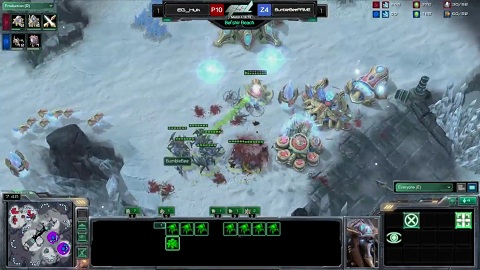
All in all, this was a series that did not tell us that much. Sure, HuK lost but bottom line he definitely was not the weaker player. In fact, his crisis management in set one showed precisely the opposite. It is sad to see the Canadian go after being defeated by the hills of Crossfire (not neglecting BumbleBee’s magnificent play and the baneling land mines in particular, of course!), complemented by a build order misread in set three. But as I said, Code A is much more unforgiving and death comes more swiftly than ever (figuratively).
Chinese players, yey!
I am buzzing with excitement about the upcoming Code A matches, just because we so rarely get the chance to watch Chinese players compete! We saw some at IEM Guangzhou and then at WCG 2011 Grand Finals and that was it, more or less.
Surely, I am not the only one who is looking forward to see Xigua on the big stage once again. The iG Zerg already won everything significant at home, including G-League, the Chinese WCG Qualifier and the regional Battle.net Invitational and had the most stunning run through WCG 2011, not dropping a single map before falling to Mvp in the grand final. The community should see more of Xigua. Much more.
The other two players are Xigua’s team-mate and protoss player MacSed, who, although inferior to his zerg buddy has also had his fair share of success in China; and Morrow, who sadly hasn’t placed top three since Assembly Winter 2011. For all of them this is their first ever Code A experience and, boy, does Korea know how to greet them! Killer, who enjoyed a five-season long Code S streak and Keen, who once all-killed SlayerS and enjoys a top four finish in GSL May are both there, ready to do some redemptive ass-kicking. As for Maru - who’ll have to go against Morrow in the Ro48 - he was once the youngest player to play a televised SC2 game back in 2010 and he wasn’t too good. If he had any substantial training meanwhile he did not show it in Code A August and I have strong doubts that he has what it takes to beat a seasoned veteran like Morrow.
There are some hard fights on the horizon, but SEn just cannot be the only one worth of a deeper Code A run.
Can he?


